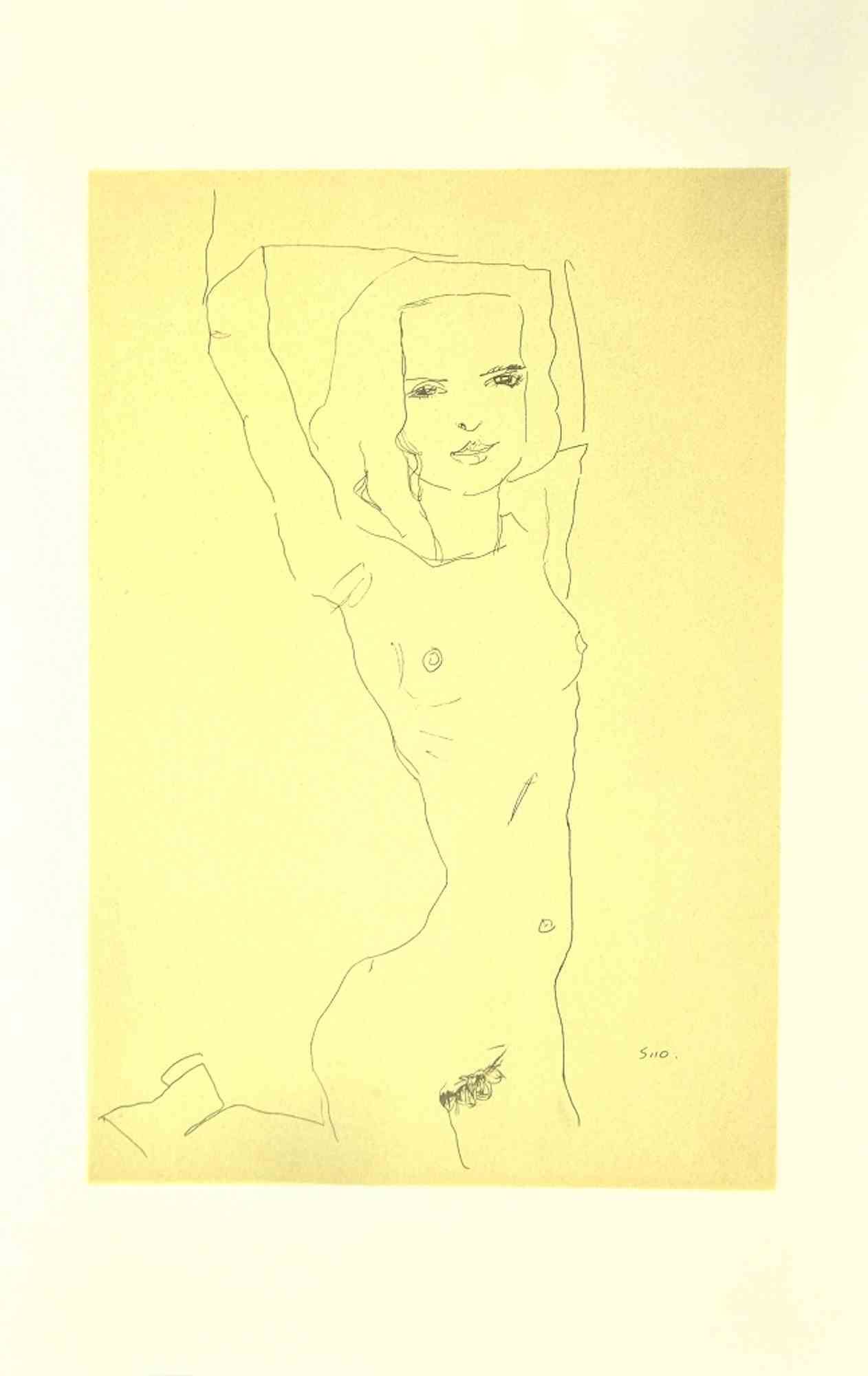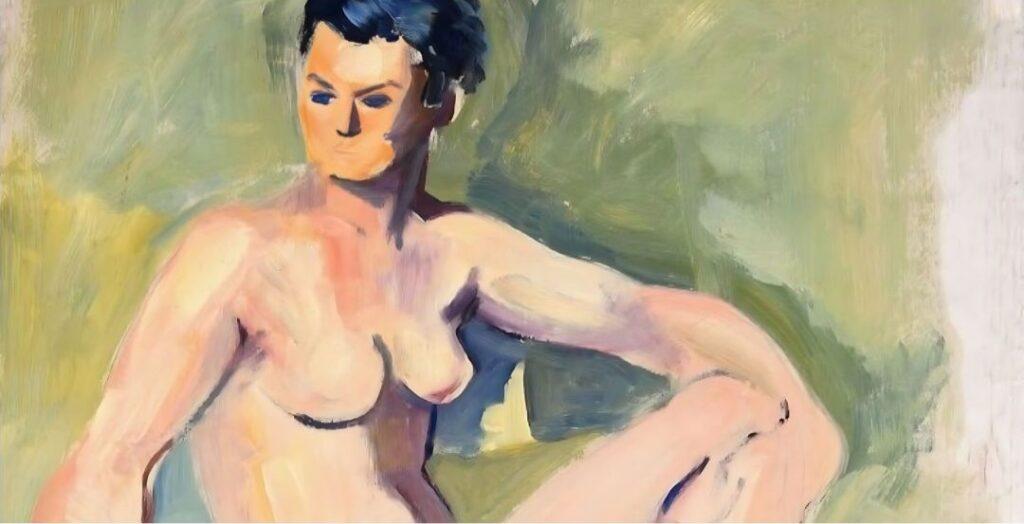
Michelangelo and Beyond: A Timeless Exploration of the Human Form
The art world has seen its fair share of legends, but none shine quite as brightly as Michelangelo Buonarroti, the master of the Renaissance whose fame remains undiminished through the centuries. His art and ideals, deeply rooted in the Renaissance era, continue to resonate with audiences today. The exhibition “Michelangelo and Beyond,” hosted at the prestigious Albertina in Vienna, takes us on a journey through time, revealing the enduring impact of Michelangelo’s work on the portrayal of the human body in art.
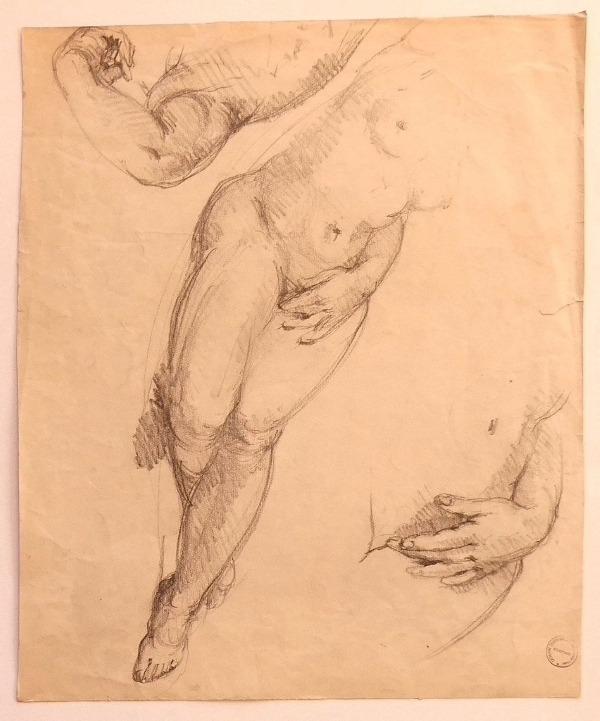
The Enduring Influence of Michelangelo
In every century, there seems to be a Michelangelo Renaissance, a resurgence of interest in his work, which rekindles the historic ideal of the perfect male nude. Michelangelo’s influence is most notably exemplified through his drawings for the incomplete fresco “The Battle of Cascina,” the Ignudi in the Sistine Chapel, and the iconic “Dying Slave” created for the tomb of Pope Julius II. “Michelangelo and Beyond” delves into the emergence, power, decline, and continued relevance of this canon established by Michelangelo half a millennium ago.
The Representation of the Human Body
One of the central themes of the exhibition is the portrayal of the human body. The rich collection of graphic pieces at the Albertina provides a unique opportunity to examine Michelangelo’s ideal. His drawings and sculptures depict the male nude as athletic and powerful, with an inner tension seemingly ready to burst from the confines of the body.
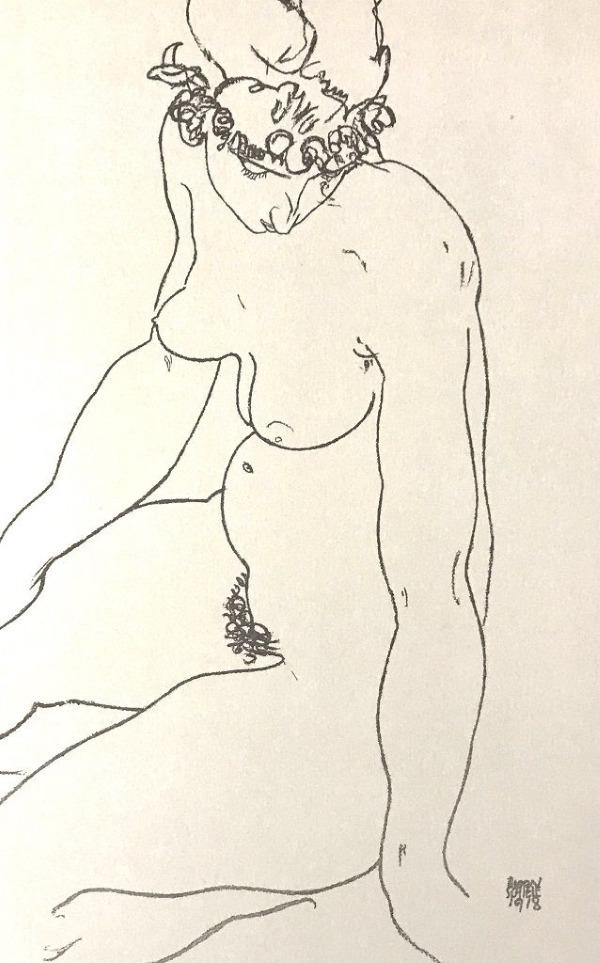
The Classical Nude and Its Evolution
The classical nude, as seen in the drawings at the Albertina Museum’s collections, has always strived for a harmonious balance between standardized poses, the study of anatomy based on ancient sculptures, and the formalized proportions of the Vitruvian man. Simultaneously, it sought to emulate nature. Artists such as Raphael, Beccafumi, Bandinelli, da Volterra, and Salviati all contributed to this tradition.
The Baroque period saw a divergence in artistic approaches. Peter Paul Rubens embraced the real, living model, reintroducing ancient nakedness in a fresh light. In contrast, Rembrandt depicted the authenticity of the human body, capturing its impermanence and vulnerability, standing in stark contrast to Michelangelo’s muscular ideal.
In the era of Classicism, nearly two centuries after Michelangelo’s passing, the legacy of the Michelangelesque canon endured in the prevalent depiction of the ideal nude. Painters like Anton Raphael Mengs and Pompeo Girolamo Batoni created works that paid homage to Michelangelo with their precision in musculature, intricate poses, and perspective foreshortening. These works bear a striking resemblance to Michelangelo’s celebrated drawings, notably the “Battle of Cascina” and the Sistine Chapel ceiling fresco.
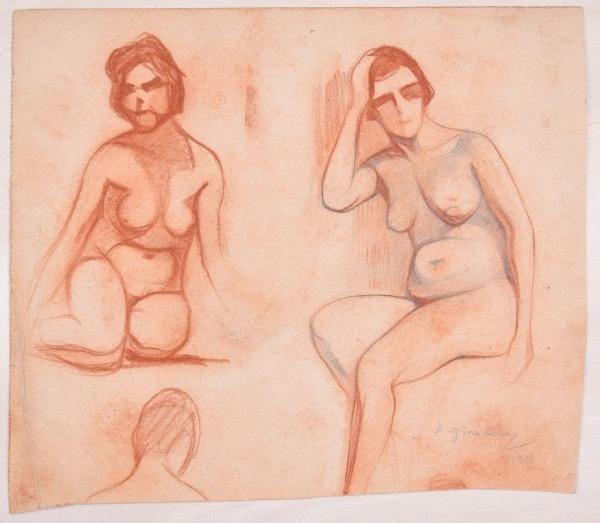
Depiction of Women
The exhibition also features select artworks from the 17th and 18th centuries that depict women, shedding light on how the portrayal of women in art has evolved. Historically, the depiction of naked women faced discrimination and condemnation due to associations with vice, immorality, and sexual desire.
Towards the end of the exhibition, a significant shift in artistic representation is evident. During the 19th century, Michelangelo’s canonical ideals lose their dominance, giving way to a contrast between the Secessionist beauty exemplified by Gustav Klimt‘s voluptuous portrayal of women and the unsettling, pathologizing approach to the female nude, unapologetically sexual, as seen in the works of Egon Schiele. This shift reflects a changing perspective on the depiction of women in art.
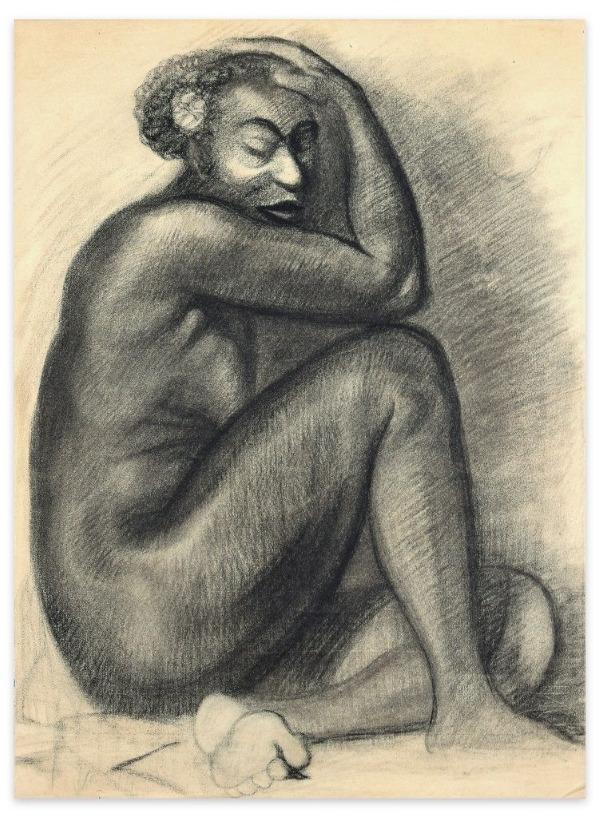
“Michelangelo and Beyond” at the Albertina in Vienna offers a captivating exploration of the enduring influence of Michelangelo’s vision on the portrayal of the human body in art. From the Renaissance to the Baroque and Classicism, artists have continued to draw inspiration from the master’s ideals and techniques, perpetuating his legacy through the ages. This exhibition is a testament to the timeless power of Michelangelo’s art and the enduring fascination with the human form that he ignited.
Related artworks
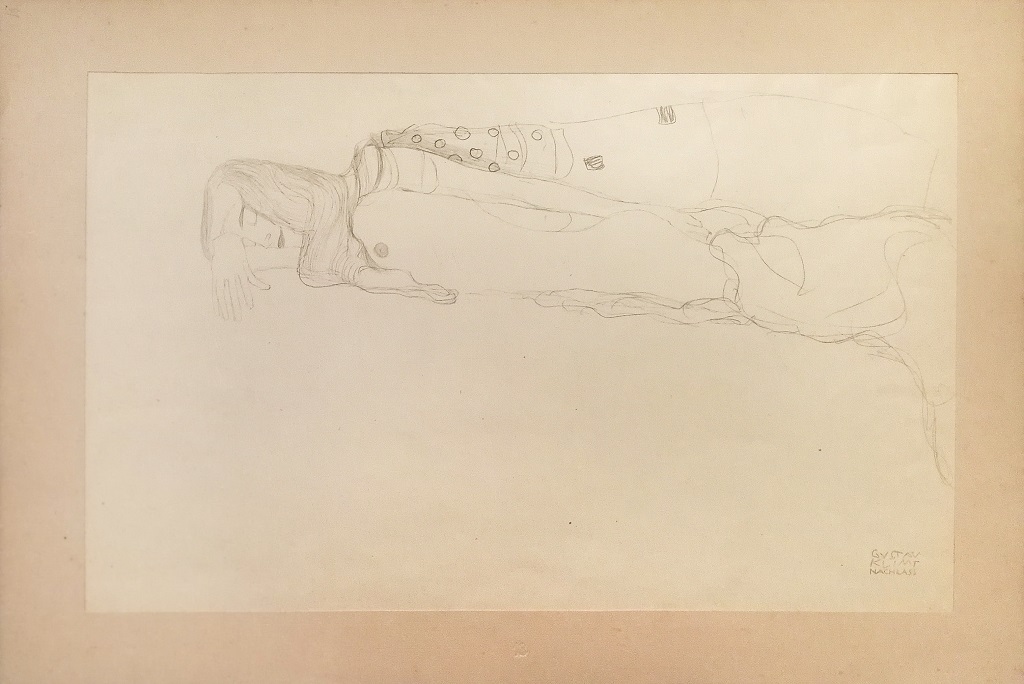
Lying Female Nude
Gustav Klimt
Lithograph
768€
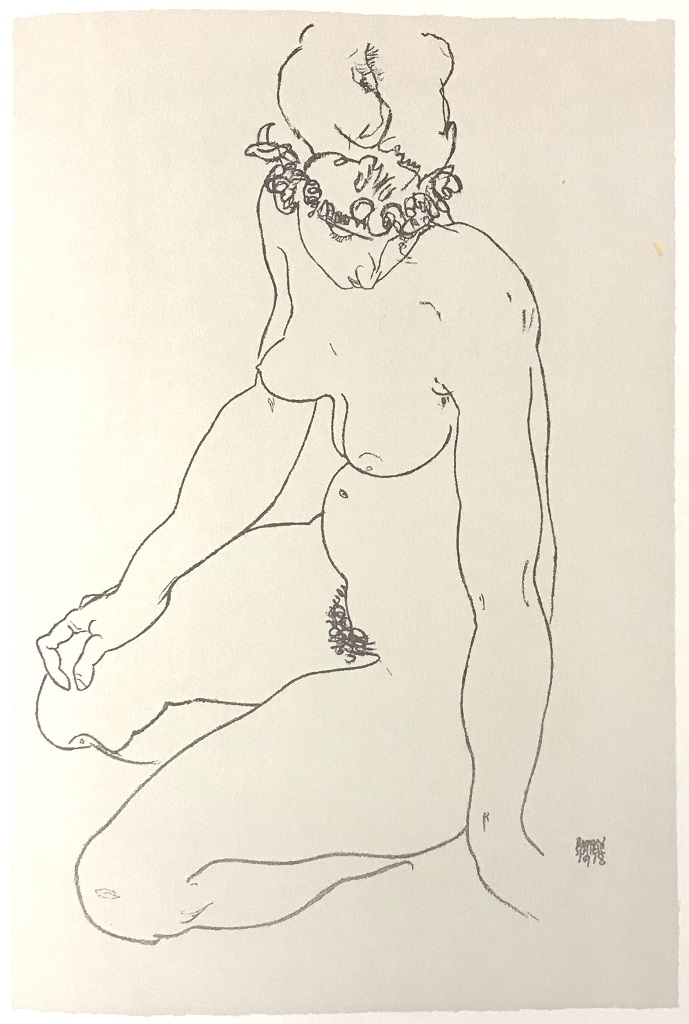
Kneeling Female Nude, Turning to the Right
Egon Schiele
Lithograph
270€
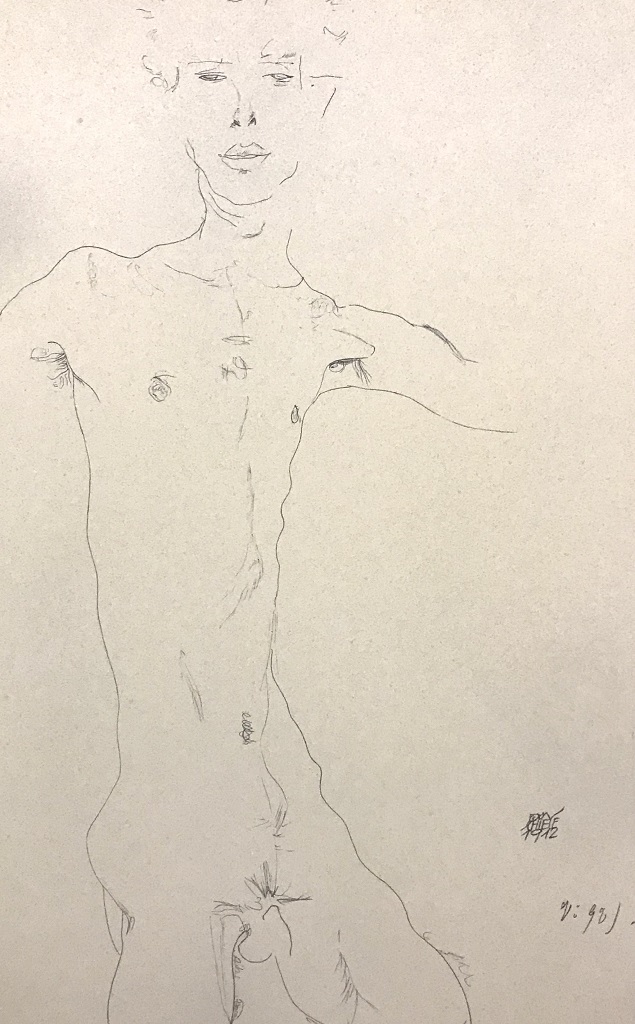
Standing Male Nude
Egon Schiele
Lithograph
250€
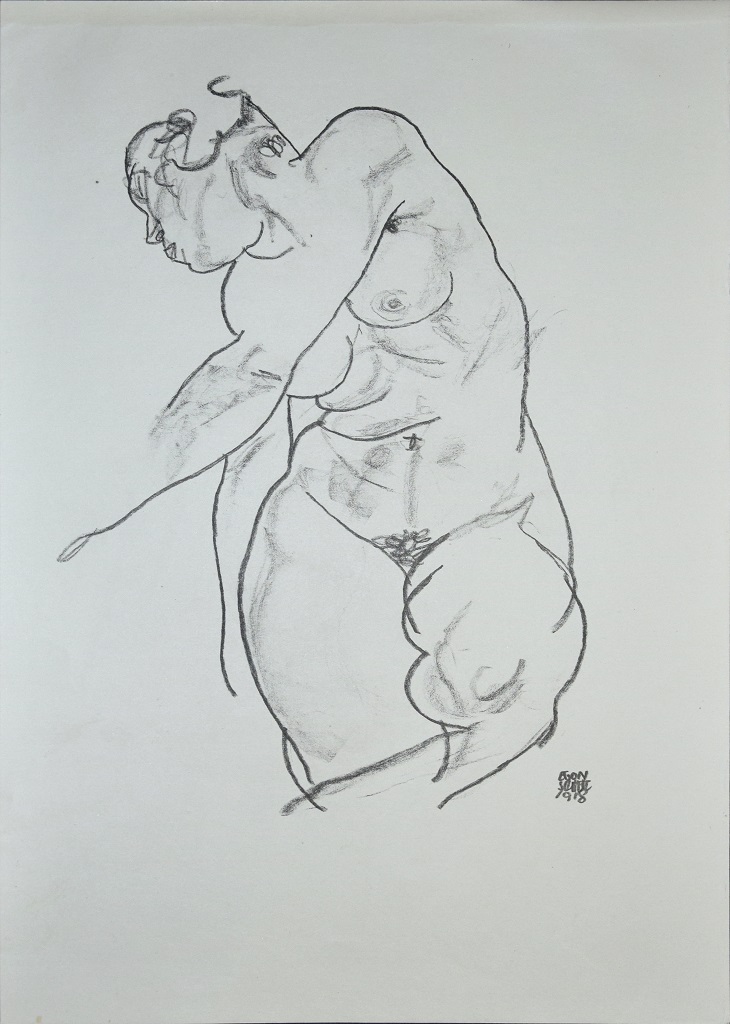
Female Nude
Egon Schiele
Collotype
3750€
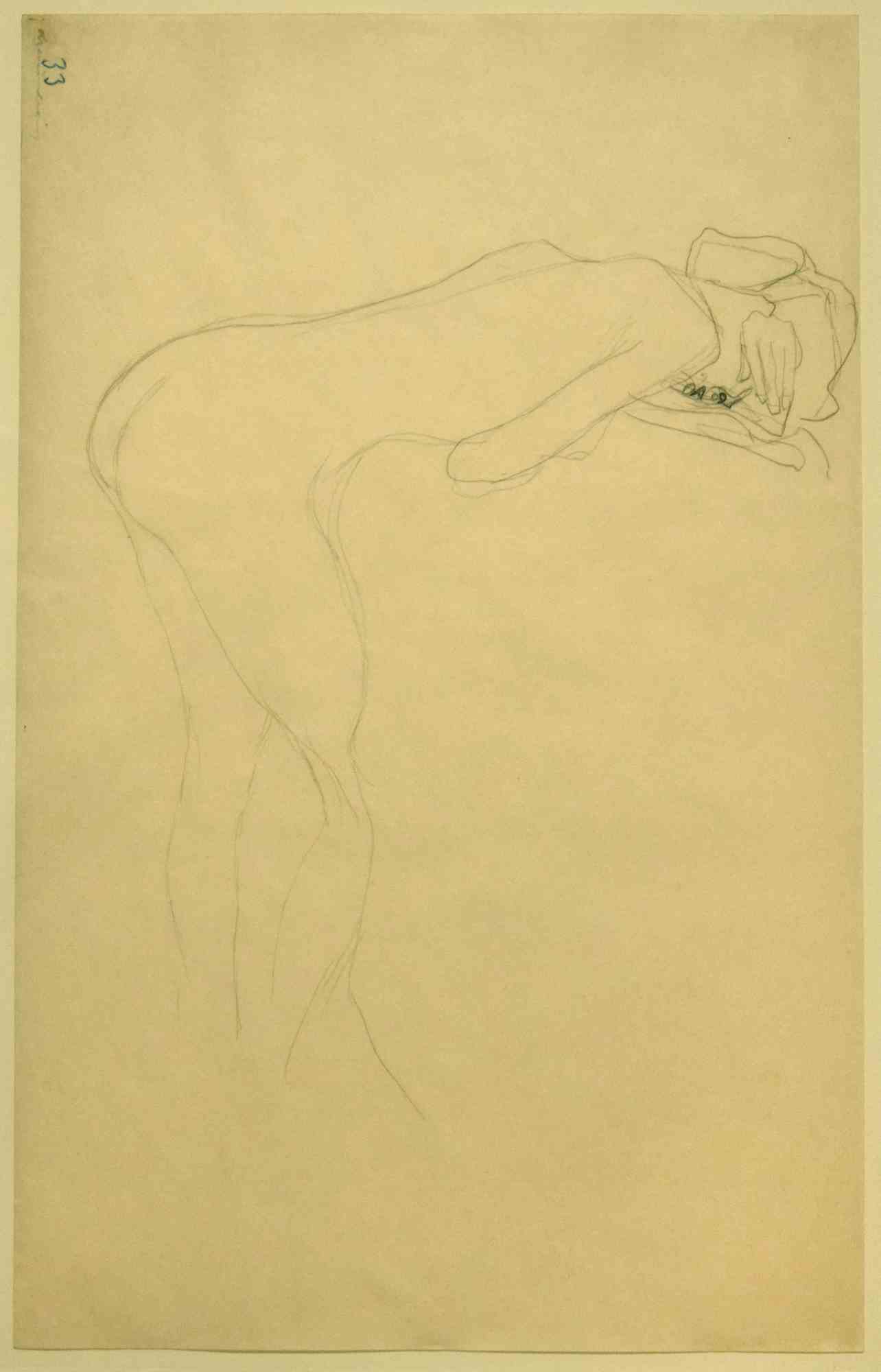
Nude of Woman Reclyned On the Back of a Chair on the Right
Gustav Klimt
Drawing
90000€
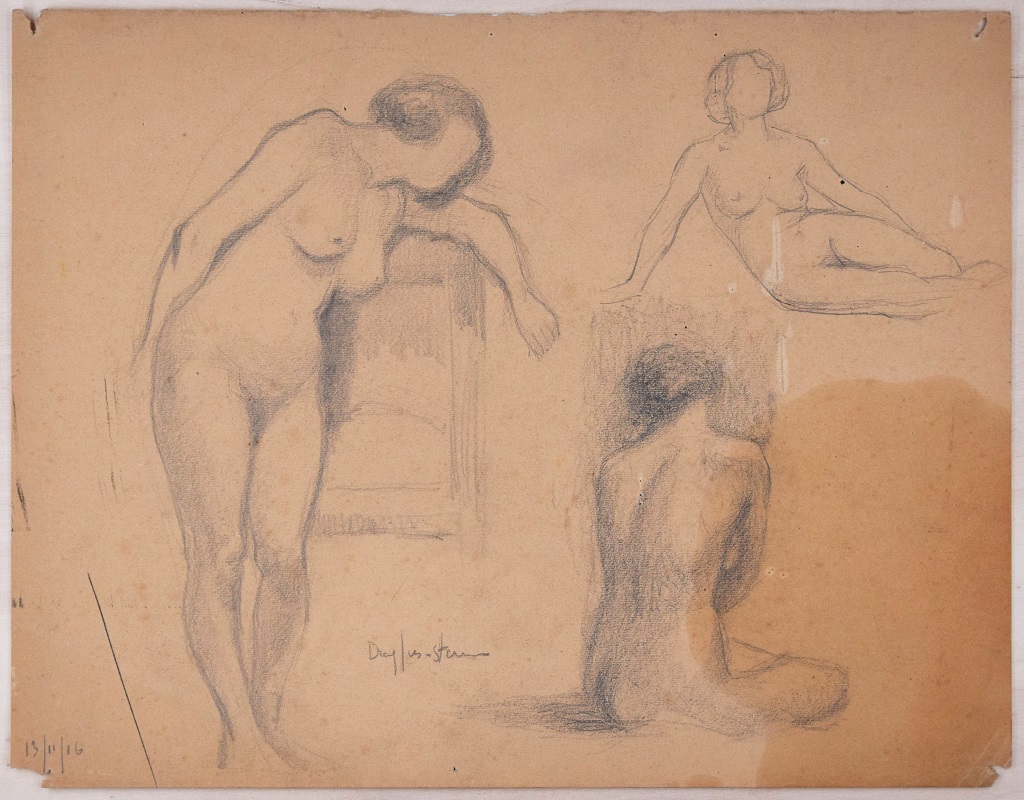
Sketches for Female Nudes
Jean Dreyfus-Stern
500€
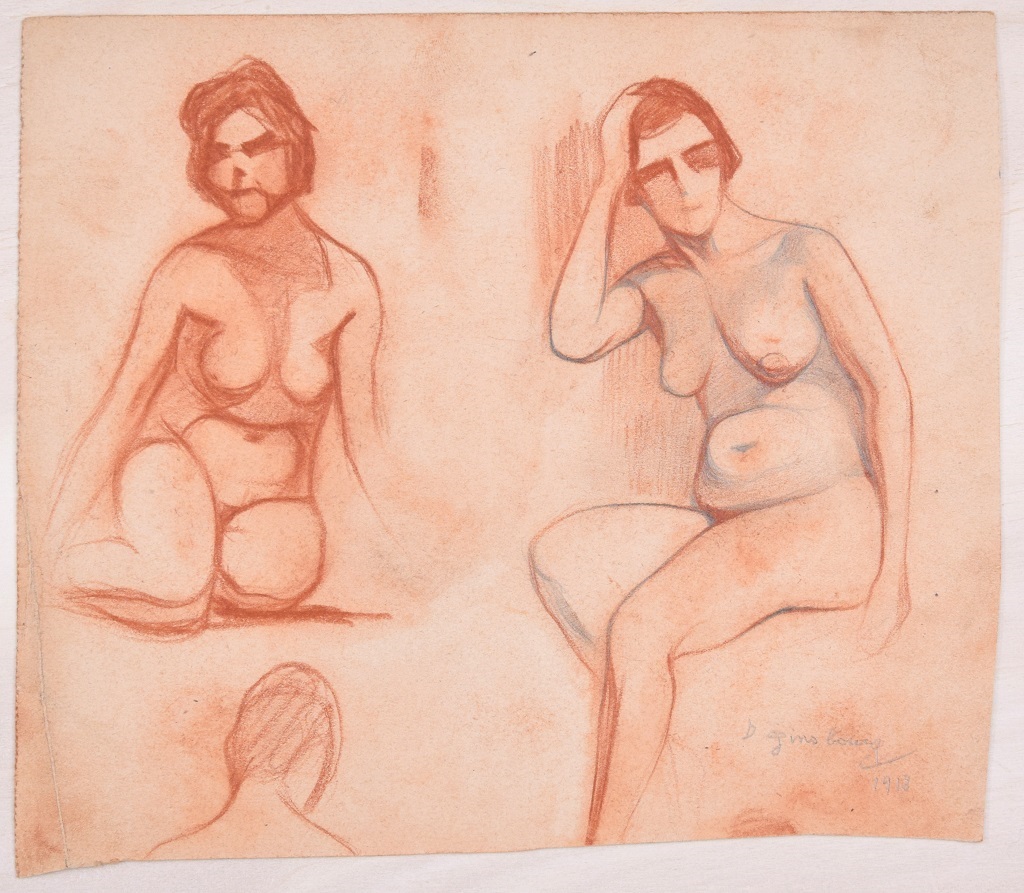
Studies for a Female Nude
D. Ginsbourg
Drawing
600€
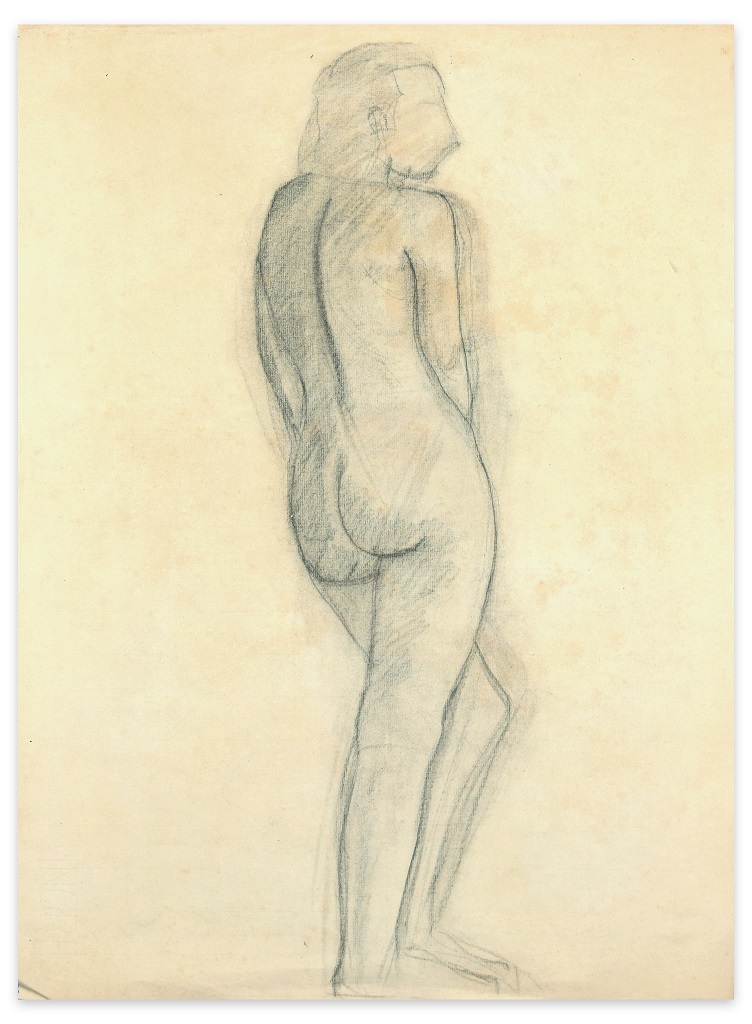
Studies of Portraits
Anonymous
650€
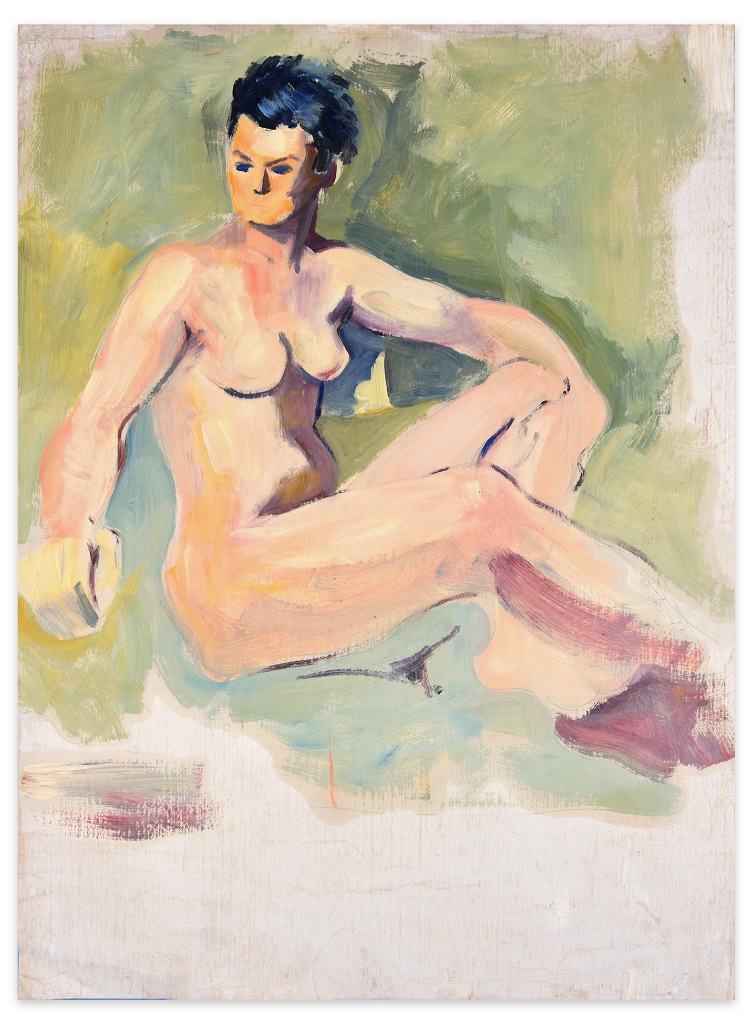
Nudes
Anonymous
800€
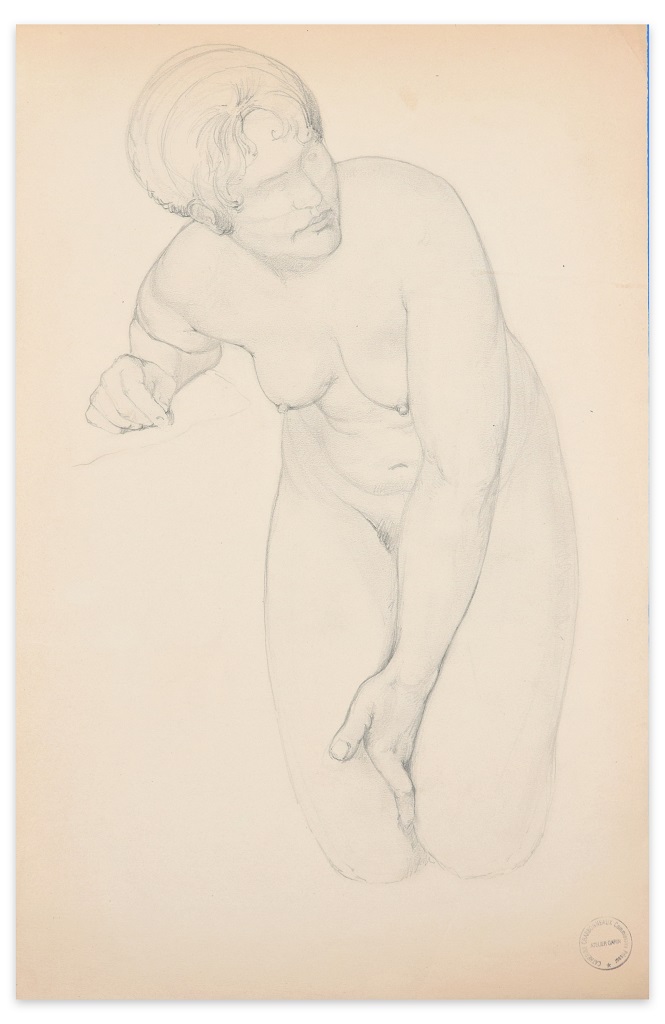
Kneeling Nude
Paul Garin
Drawing
600€
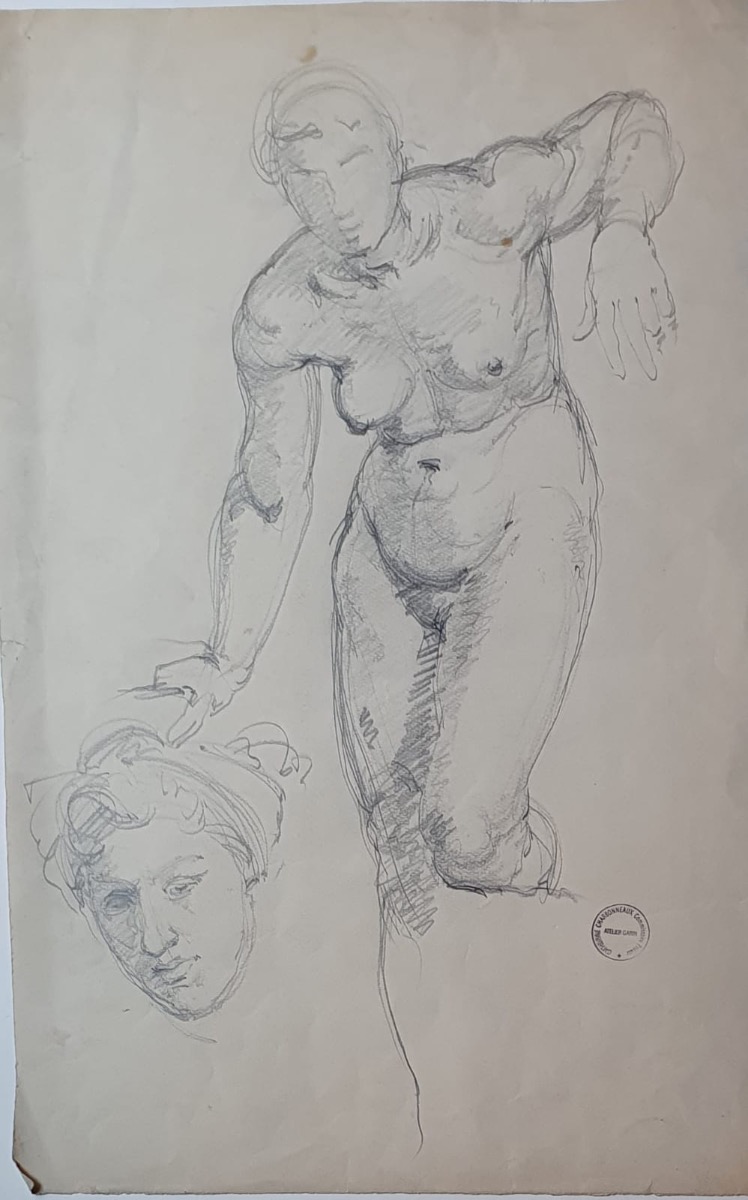
Nude
Paul Garin
Drawing
600€
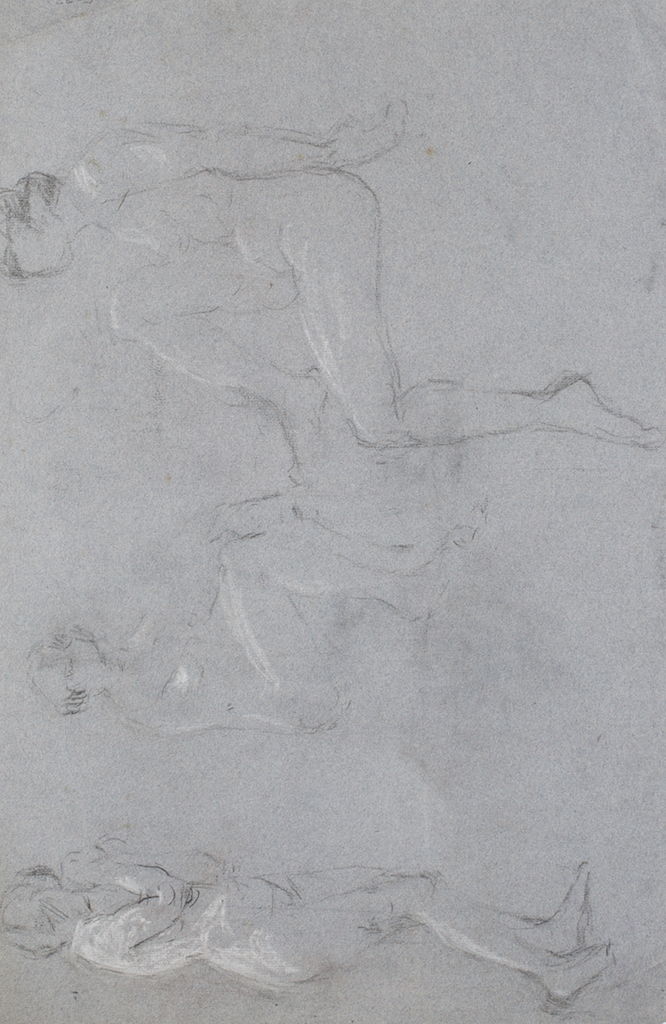
Portrait
n.a.
1000€
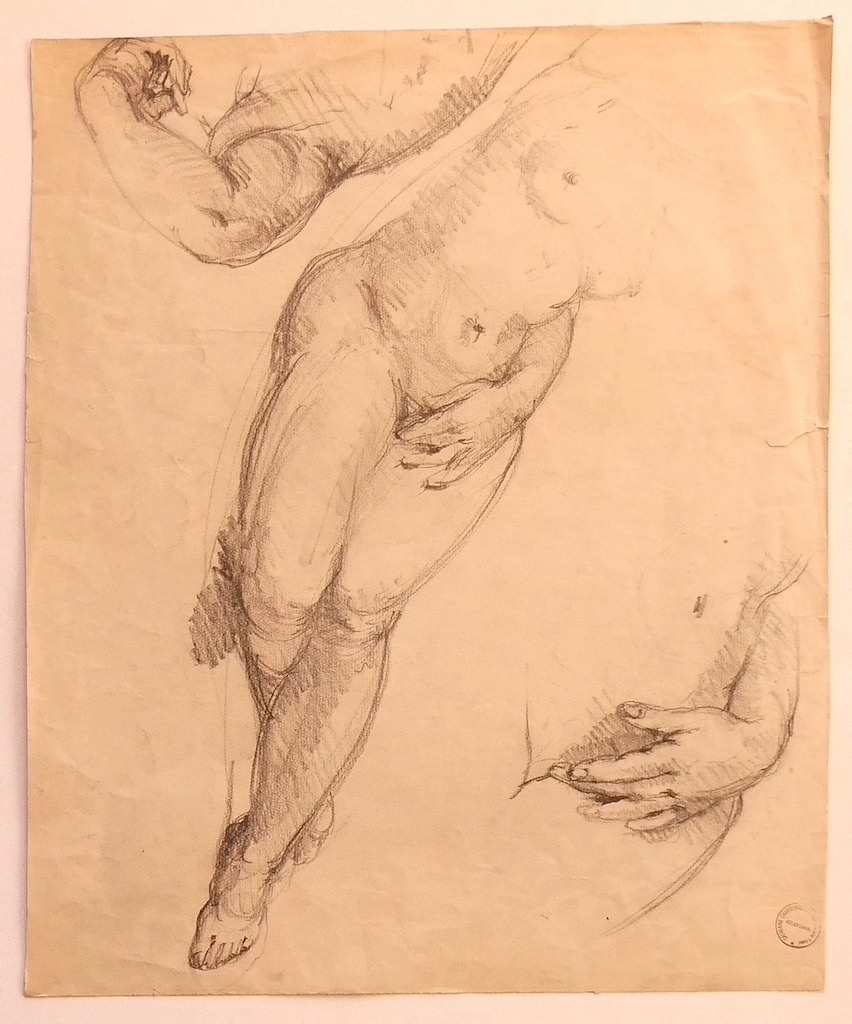
Nude
Paul Garin
Drawing
600€
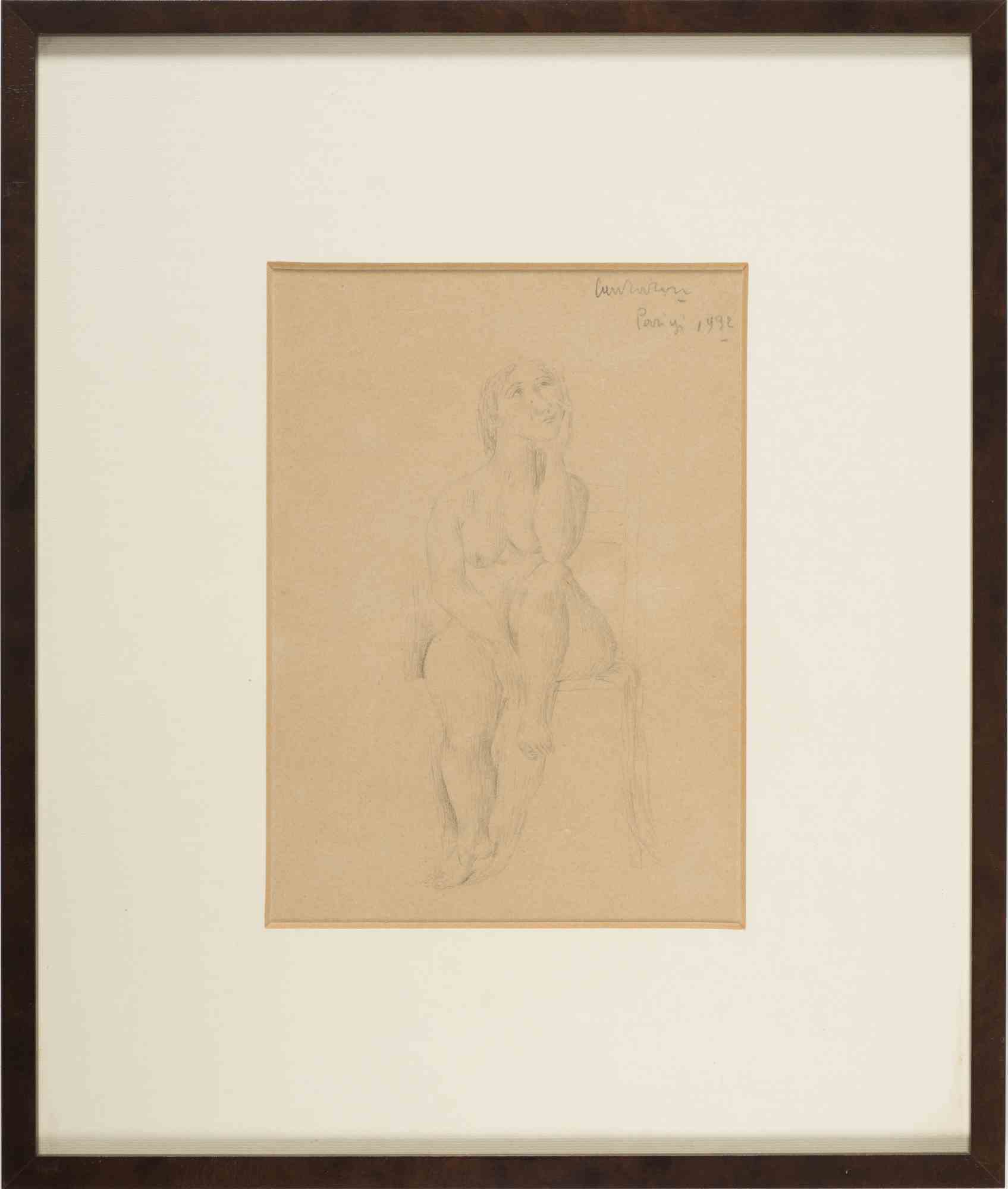
Female Nude
Domenico Cantatore
Drawing
562€
